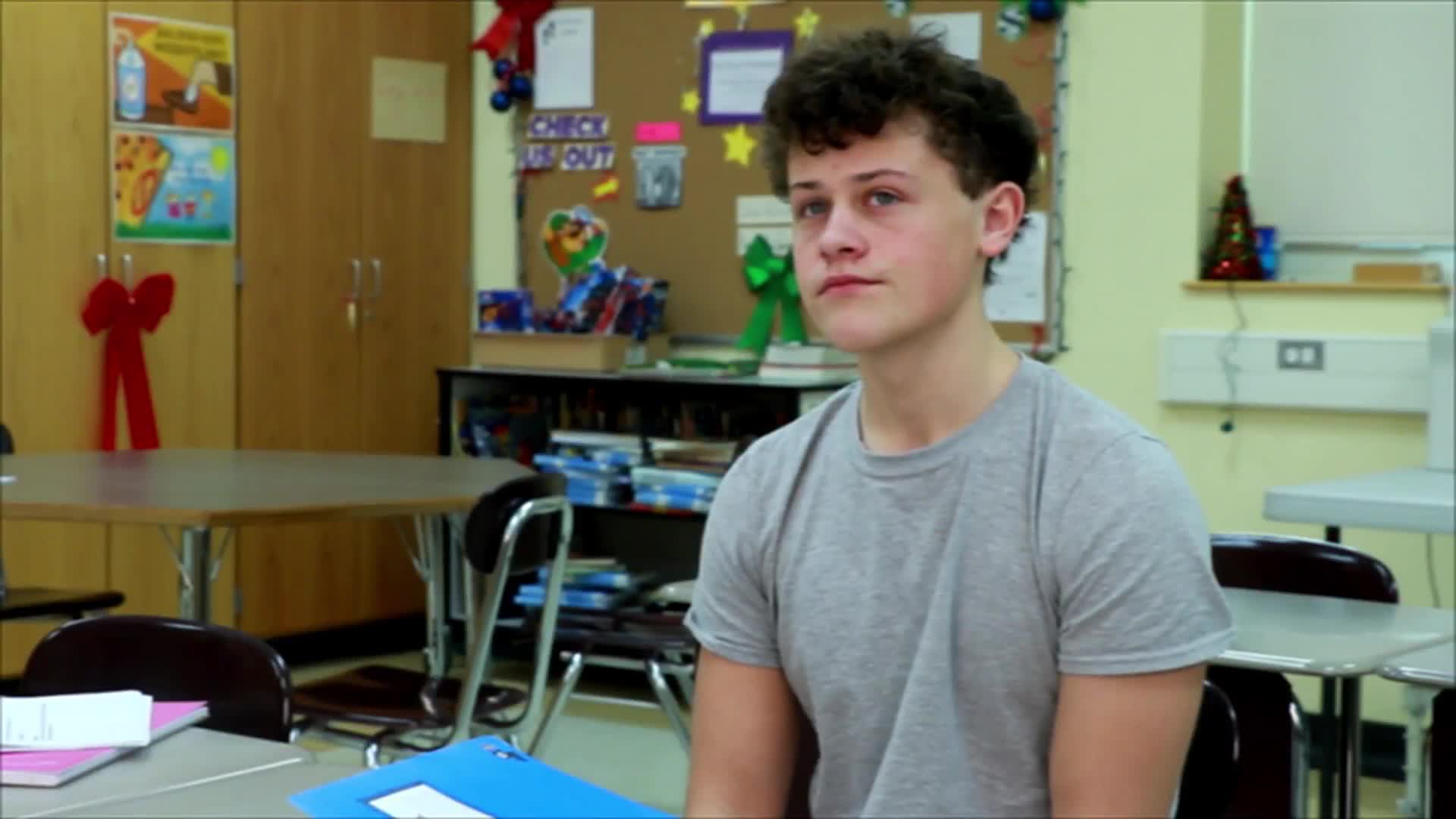Introduction
Problem-solving is a crucial skill for students to develop, both in and out of the classroom. By incorporating principles of Social-Emotional Learning, we can help students navigate challenging situations and foster healthy relationships with their peers. In this blog post, we introduce the Solve It game, a fun and engaging activity designed to teach elementary students step-by-step problem-solving skills.
No-Prep Activity: Solve It Game
The Solve It game is an easy, no-prep activity that requires no additional materials from the educator. To play, simply follow these steps:
- Introduce the game by explaining that the goal is to solve problems by going through them step by step.
- Present a scenario involving a disagreement or problem between two characters, such as the example provided in the prompt.
- Guide students through the following steps to solve the problem:
- Identify the problem – What’s wrong?
- Figure out how big the problem is.
- Think of possible solutions to the problem.
- Pick a solution.
- Try that solution and then reassess it.
- Discuss how the solution worked. If it didn’t work, try again.
- Throughout the activity, encourage students to stop and talk about how they are feeling when they see the designated icon in the corner.
This activity can be adapted to various scenarios and situations, allowing students to practice problem-solving skills in different contexts.
Discussion Questions
After completing the Solve It game, use these discussion questions to stimulate further conversation and reflection:
- How did working through the problem step by step help you find a solution?
- How did your emotions play a role in solving the problem? How can we better manage our emotions when faced with difficult situations?
- What other strategies can we use to solve problems in our daily lives?
- How can we support our friends and classmates when they are facing a problem?
Related Skills
In addition to problem-solving, there are other relevant skills that students can benefit from:
- Communication: Effective communication is essential in resolving conflicts and expressing one’s feelings and needs.
- Empathy: Understanding and sharing the feelings of others can help students build stronger relationships and navigate conflicts more effectively.
- Resilience: Developing resilience enables students to bounce back from setbacks and adapt to challenging situations.
- Decision-making: The ability to make informed decisions is crucial for students to navigate various situations and challenges in their lives.
Next Steps
Now that you have learned about the Solve It game and its benefits, you can explore more resources and activities that support Social-Emotional Learning. To access free samples of these materials, including the discussed skill and others, sign up at Everyday Speech sample materials. By incorporating these activities into your classroom, you can help students develop essential life skills and foster a positive learning environment.






